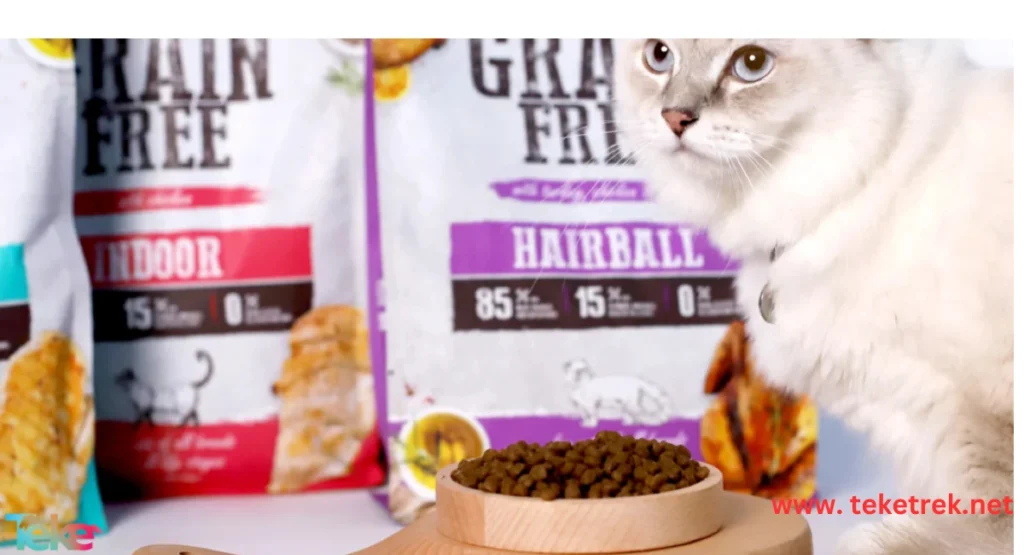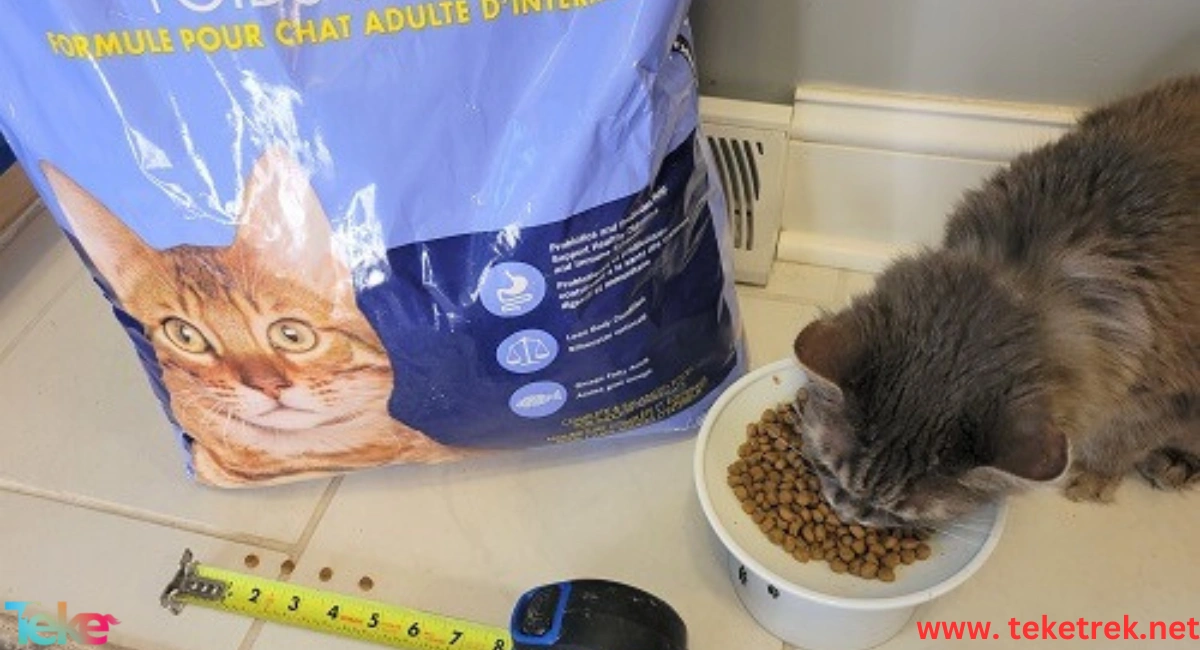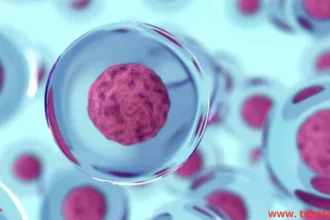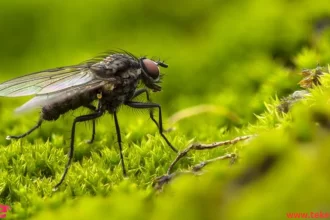Cats stand out in the world of pet nutrition as creatures with delicate preferences. They are sensitive to what is offered and naturally tend to be picky and selective eaters.
While the pet food market continues to expand with more variety and options, cat owners often find themselves confused: Here are the details in this article from teketrek.
Should you feed dry food to your cat, or is wet food the better option?
Are canned foods healthier, or does dry food hold hidden benefits?
How do we choose the best for our loyal companion?
The truth is, the answer doesn’t lie in random preference—it lies in understanding the benefits of dry cat food, the importance of moisture in wet food, and analyzing your cat’s health and behavioral needs in terms of age, activity level, and chronic medical conditions.
The issue goes even further—comparing dry vs wet food, knowing when to use each, and perhaps even considering mixing both.
This article will serve as a scientific and methodical guide to help every cat lover make the best decision for their pet’s nutrition.
We’ll explain the ingredients and benefits of dry food, when it’s a good choice, define wet food and when vets recommend it, and provide a detailed dry vs wet comparison.
We’ll also discuss situations where one is preferred over the other, and conclude with answers to common questions about cat food.
Because your cat’s health begins with the food you offer every day—let’s dive in.
Ingredients and Benefits of Dry Cat Food
Dry cat food typically contains animal proteins (like chicken or fish), starches (like rice or corn), fats, vitamins, and fiber.
It is manufactured into dry kibbles that last long without refrigeration, making it easy to store and serve.
Benefits of dry food include:
- Helps reduce tartar buildup on teeth due to chewing action
- Convenient and long-lasting
- Easy to portion, helping prevent obesity—a common issue in indoor cats
Dry food is a good option for active cats, especially those who drink enough water.
It’s also ideal for cats that are left alone during the day, as it stays fresh in the bowl for hours.
In the end, dry food can be a practical and sustainable solution for cats with a calm lifestyle, and for pet owners seeking low-maintenance feeding.

What Is Wet Cat Food? When Do Vets Recommend It?
Wet food is canned food rich in moisture—usually over 70% water content.
It is made from high-quality proteins and is often closer to natural food in texture and aroma.
Wet food is ideal for:
- Cats who don’t drink enough water—helps hydrate and reduce risk of kidney or urinary issues
- Cats with chronic conditions like kidney disease or elderly cats who have trouble chewing dry food
- Kittens just being weaned who need soft, digestible meals
The moisture content in wet food helps improve digestion and supports healthy skin and coat, making it a healthy option in many cases.
In summary, if your cat refuses to drink water or has difficulty chewing, wet food may be the ideal way to meet its nutritional and hydration needs.
Detailed Comparison: Dry vs Wet Food
A comparison is necessary when owners are unsure which type to choose. The differences between dry and wet food go beyond just texture and taste:
Cost:
- Dry food is generally more economical over time
- Wet food is more expensive, especially if fed daily
Shelf Life:
- Dry food has longer shelf life even after opening
- Wet food must be refrigerated and consumed quickly once opened
Health Benefits:
- Dry food cleans teeth through chewing
- Wet food hydrates the body due to its high water content
Palatability:
- Cats tend to prefer wet food because of its softness and stronger aroma resembling natural meat
In conclusion, choosing between the two depends on a careful balance of cost, storage, and your cat’s health needs.
When to Choose Dry or Wet Food?
Your decision should be based on age, health, and budget—not just personal preference. Key steps include:
- Feeding by age:
Kittens need soft, high-protein food, while older cats need low-fat, easy-to-digest meals.
Wet food may be better for both young and elderly cats. - Feeding needs vary:
Kittens may lack strong teeth, while older cats might lose their appetite - Tips for choosing food:
Always check the ingredients.
Make sure protein is the first listed item.
Avoid artificial sugars and excessive preservatives.
In short, choose your cat’s food based on vet advice and observed behavior—not just tempting product offers.

Is Mixing Dry and Wet Food Beneficial?
Mixing both types can offer the most balanced nutrition.
- Combining dry and wet food delivers both dental benefits and hydration
- It introduces variety in flavor and texture, reducing food boredom
A feeding schedule might include:
- Wet food in the morning
- Dry food in the evening (or vice versa)
This gives your cat two experiences and two nutritional benefits in a single day.
Variety in food helps support the digestive system and boosts the immune system.
Conclusion: Combining both types is not only allowed—it is recommended, as long as portions are balanced and nutritional value is preserved.
Common Questions About Cat Food
Here are answers to frequently asked questions from cat owners about dry and wet food:
- How often should I feed wet food?
Ideally twice daily, especially for cats with poor appetite or medical issues. - Does dry food cause kidney problems?
Not necessarily. But it can worsen issues if the cat doesn’t drink enough water.
Dehydration is the real risk factor behind kidney problems. - How many meals a day does a cat need?
Between 2 to 4 meals, depending on age and activity level.
Kittens typically need more frequent feeding.
Conclusion
At the end of this informative journey through dry vs wet cat food, it becomes clear that nutrition is not just feeding—it’s care, love, and protection.
Choosing between dry and wet should not be a spur-of-the-moment decision, but a mix of observation, consultation, and trial.
Watch your cat’s behavior when introducing a food:
- Does she eat it eagerly?
- Does she drink enough water with it?
- Is her weight stable?
- Is her coat shiny and healthy?
These are the signs that guide your decision.
Always consult a vet—especially if you notice changes in appetite or behavior.
The “best” dry or wet food doesn’t mean it’s best for every cat.
Each cat has its own nutritional personality.
Understanding the true difference between dry and wet food requires more than a general tip—it demands a personalized approach.
Still unsure? It’s okay to experiment gradually with mixing the two types, and observe the results.
What matters is staying aware, involved, and loving—because these little creatures rely on us entirely for their well-being.
Make every bowl a message of care. Your cat’s health is your responsibility.





